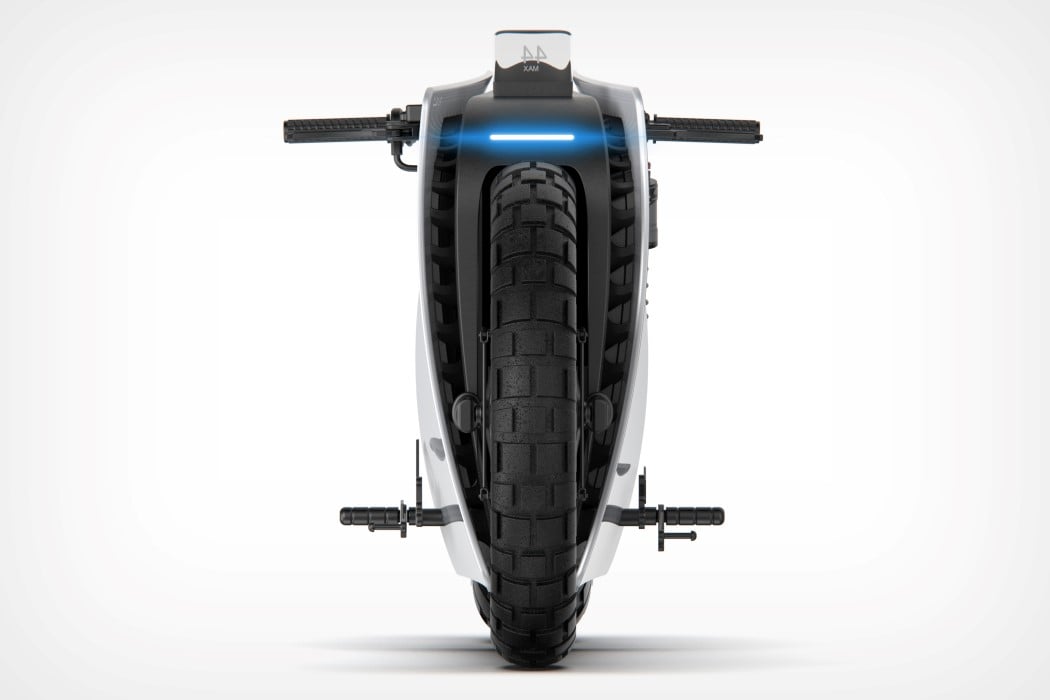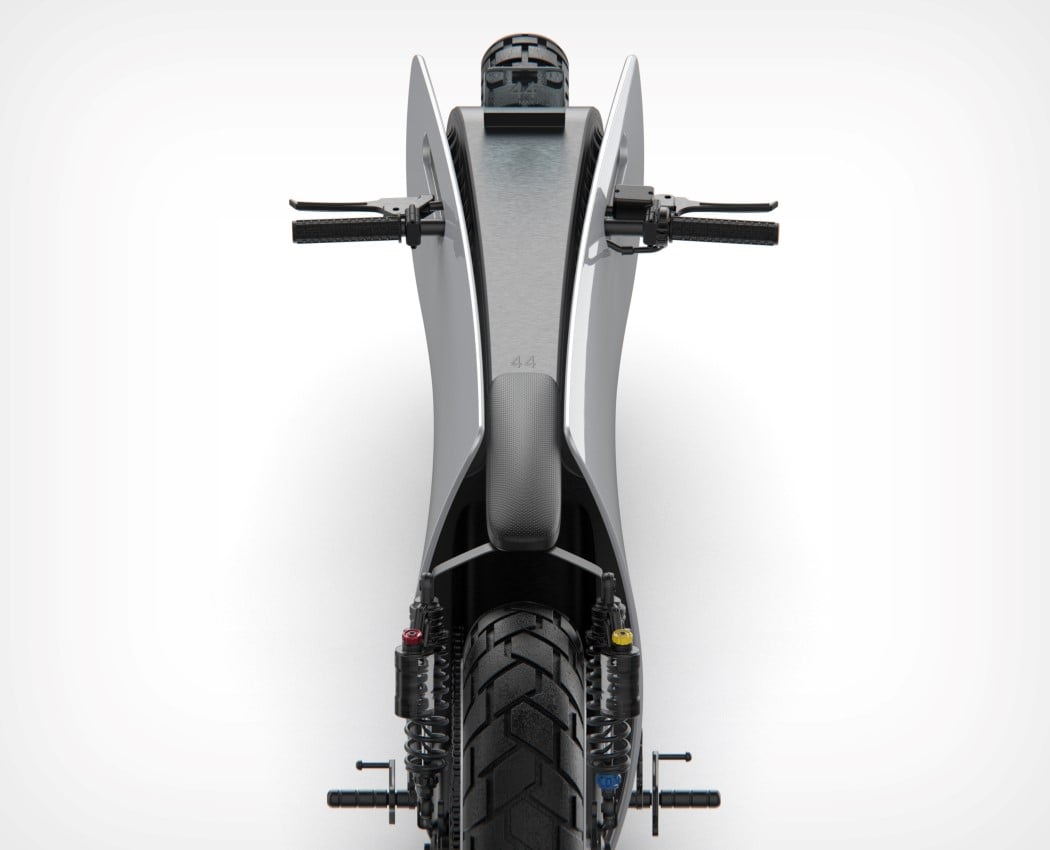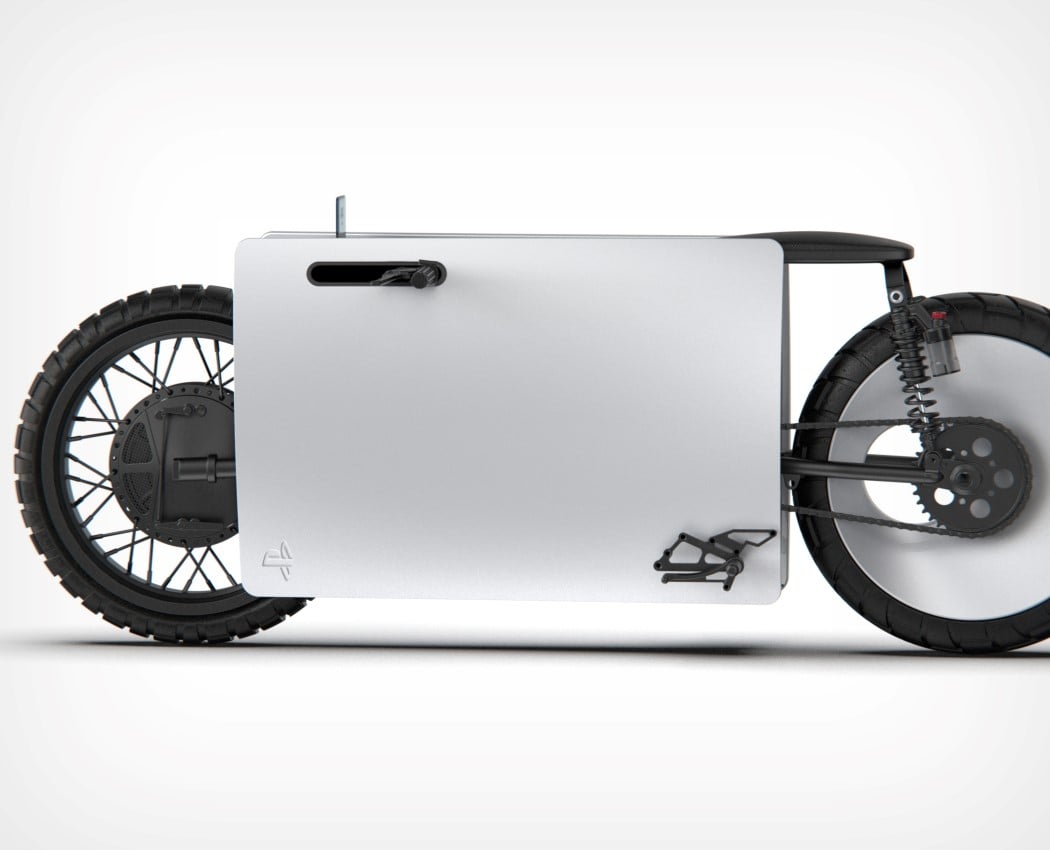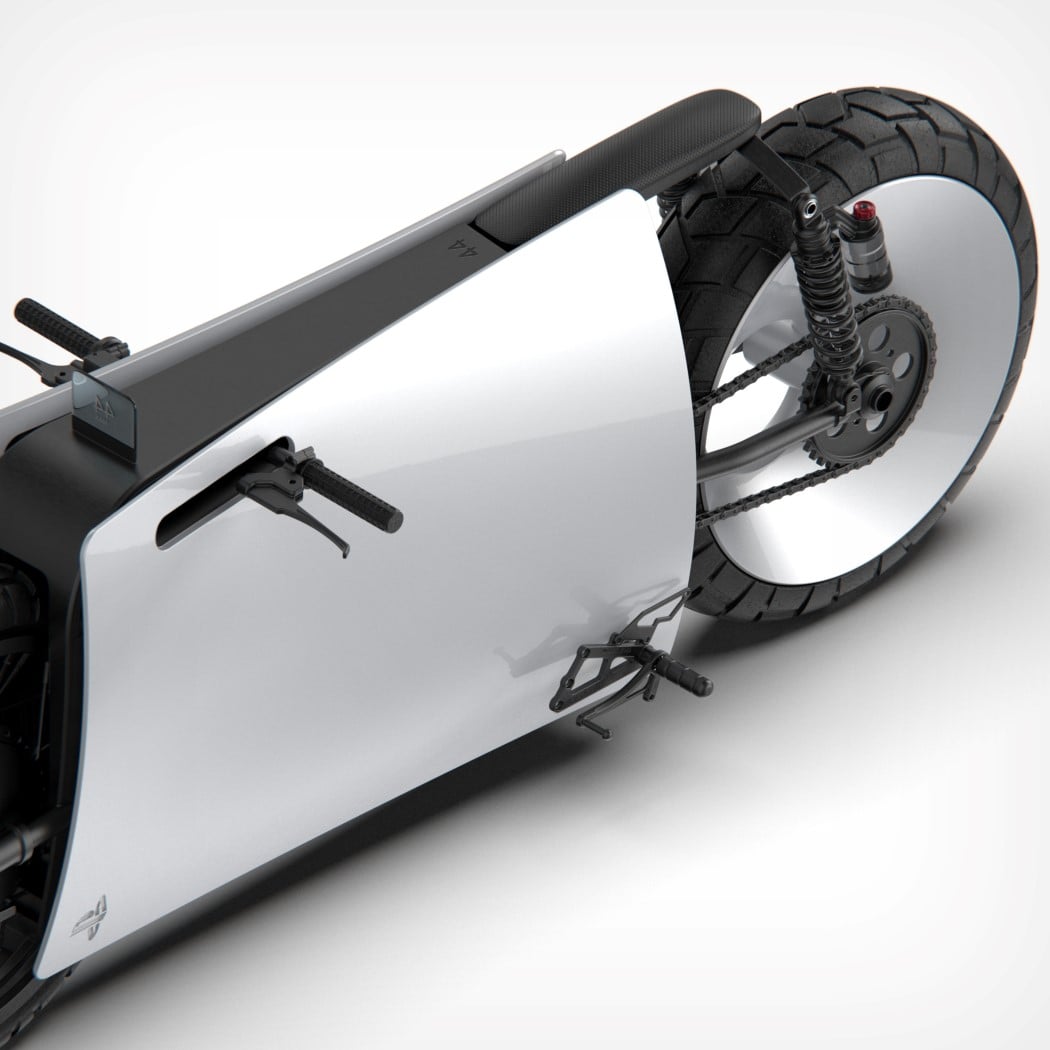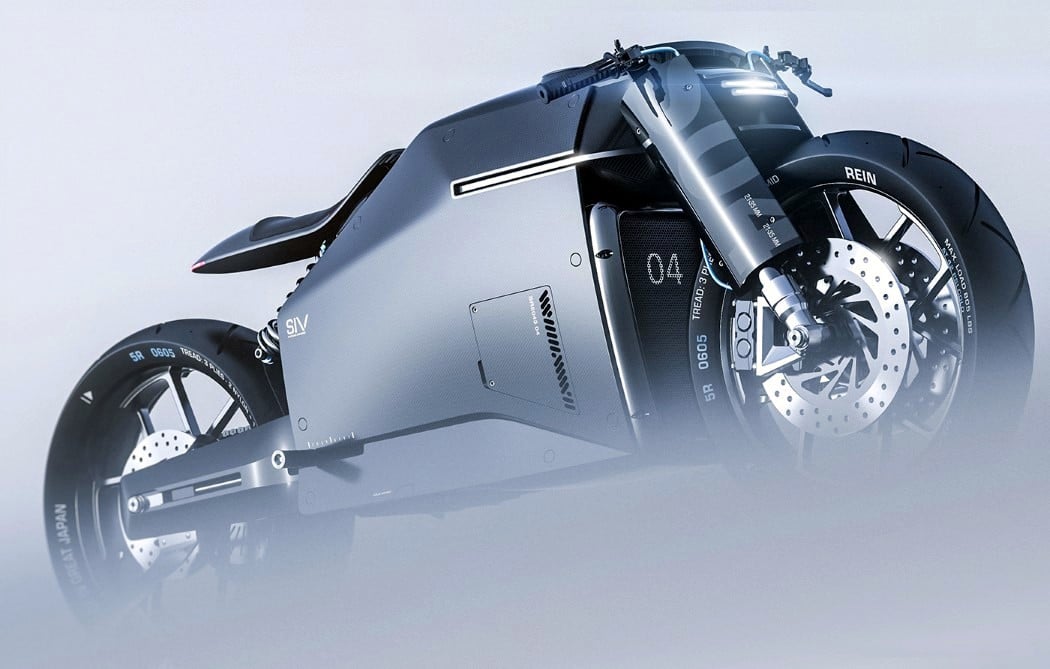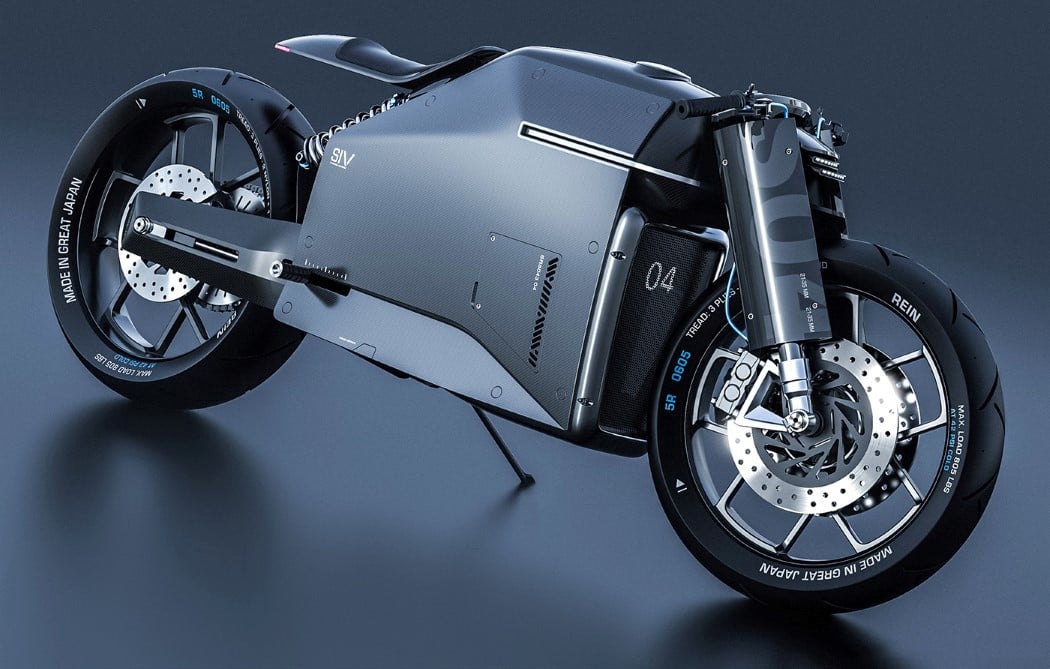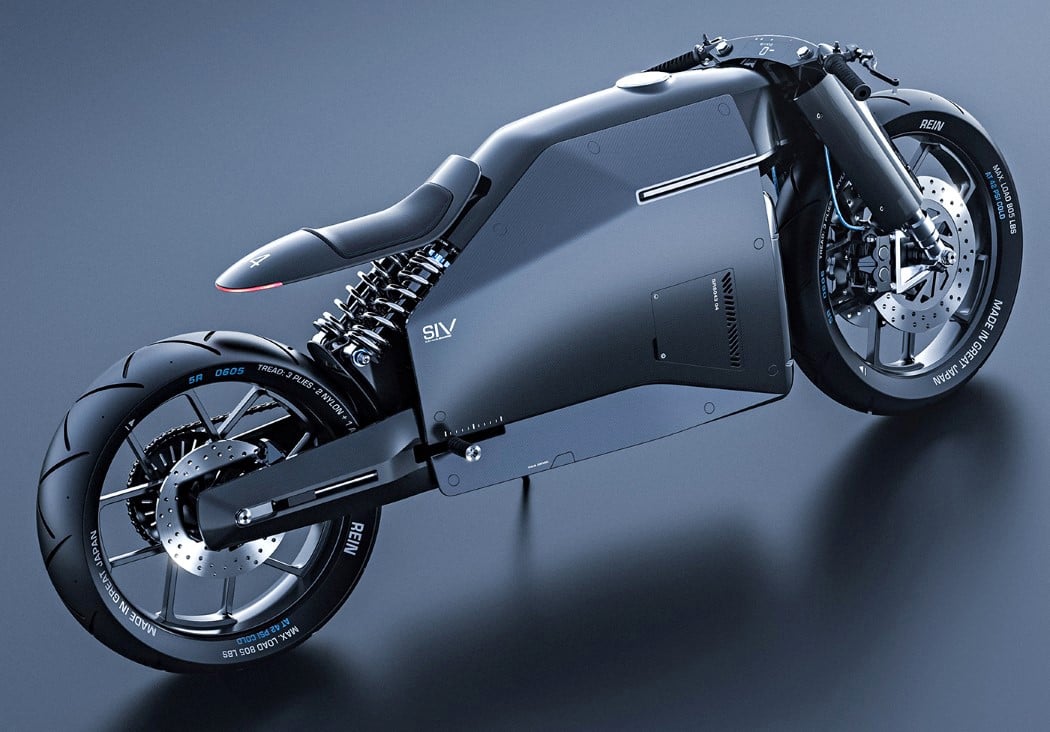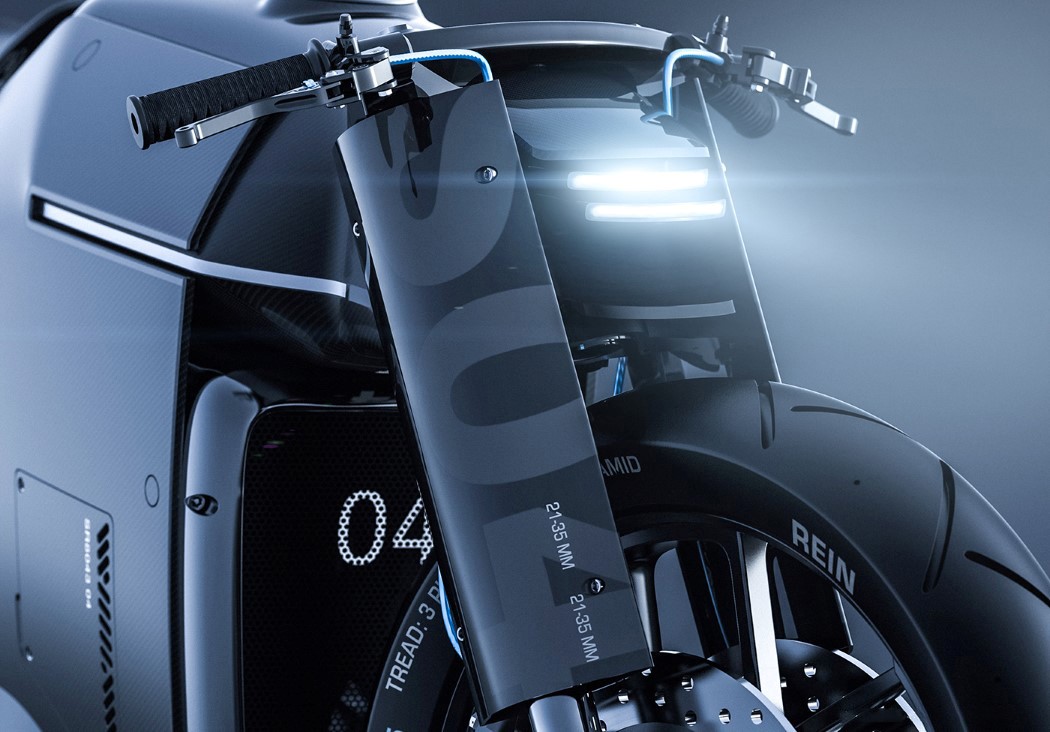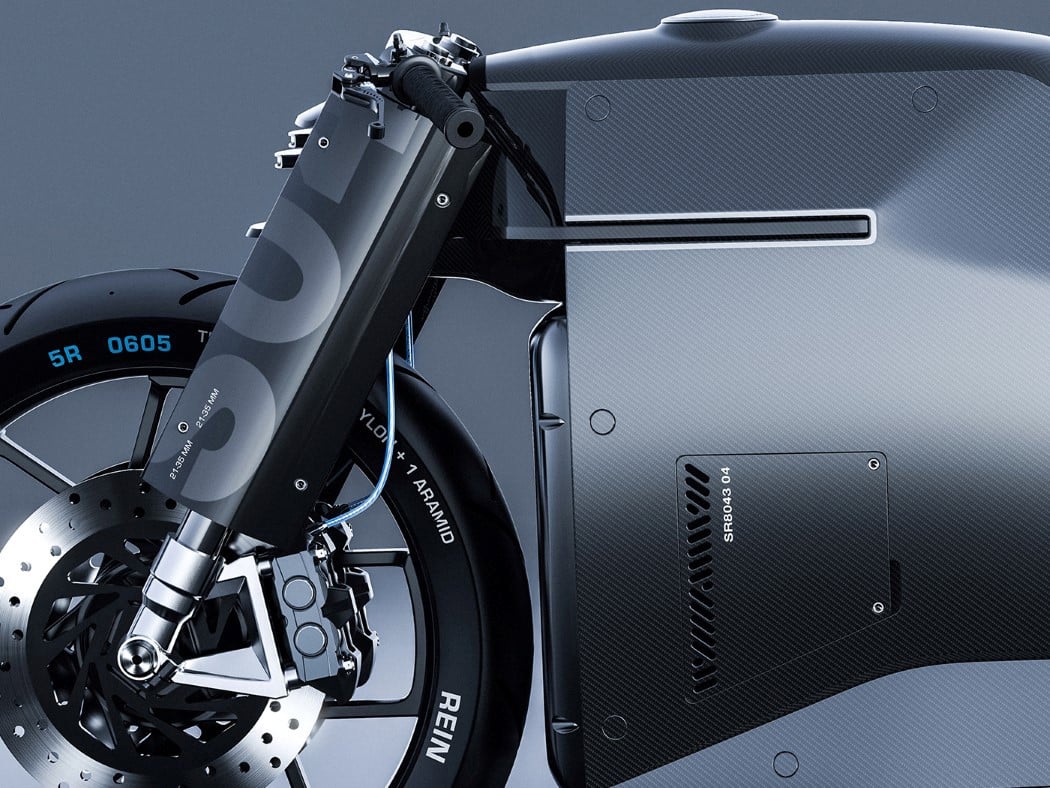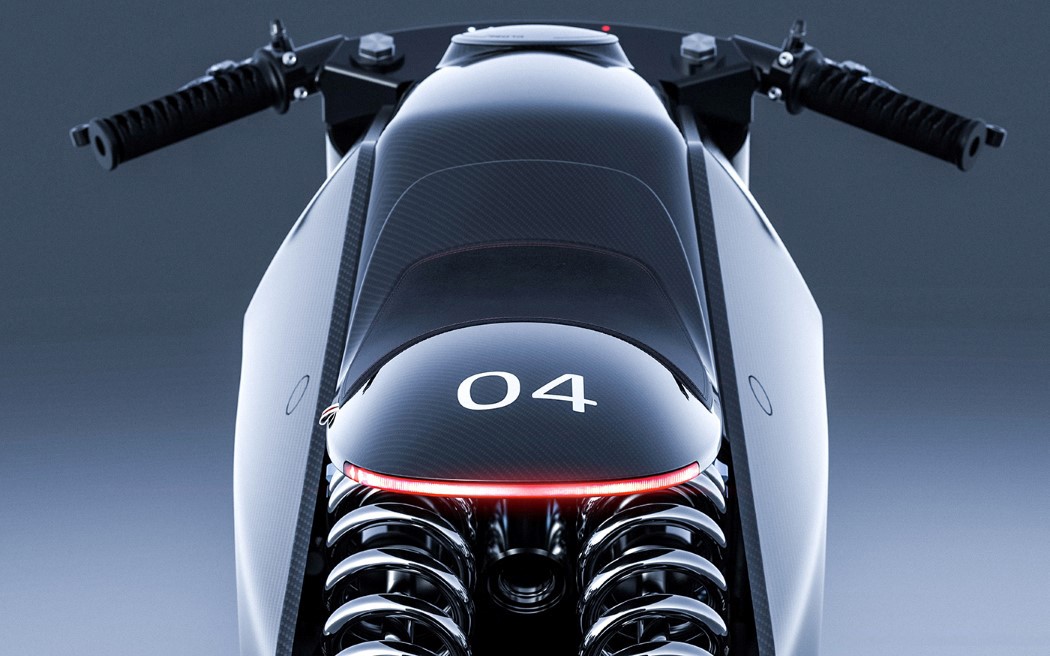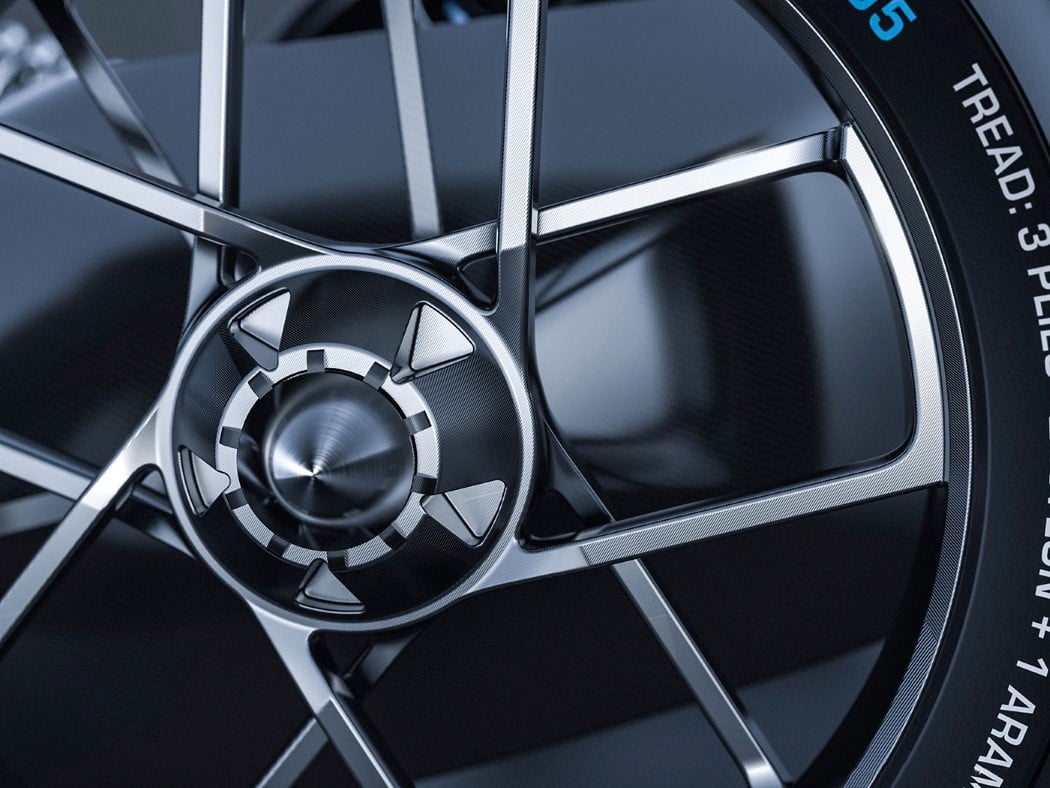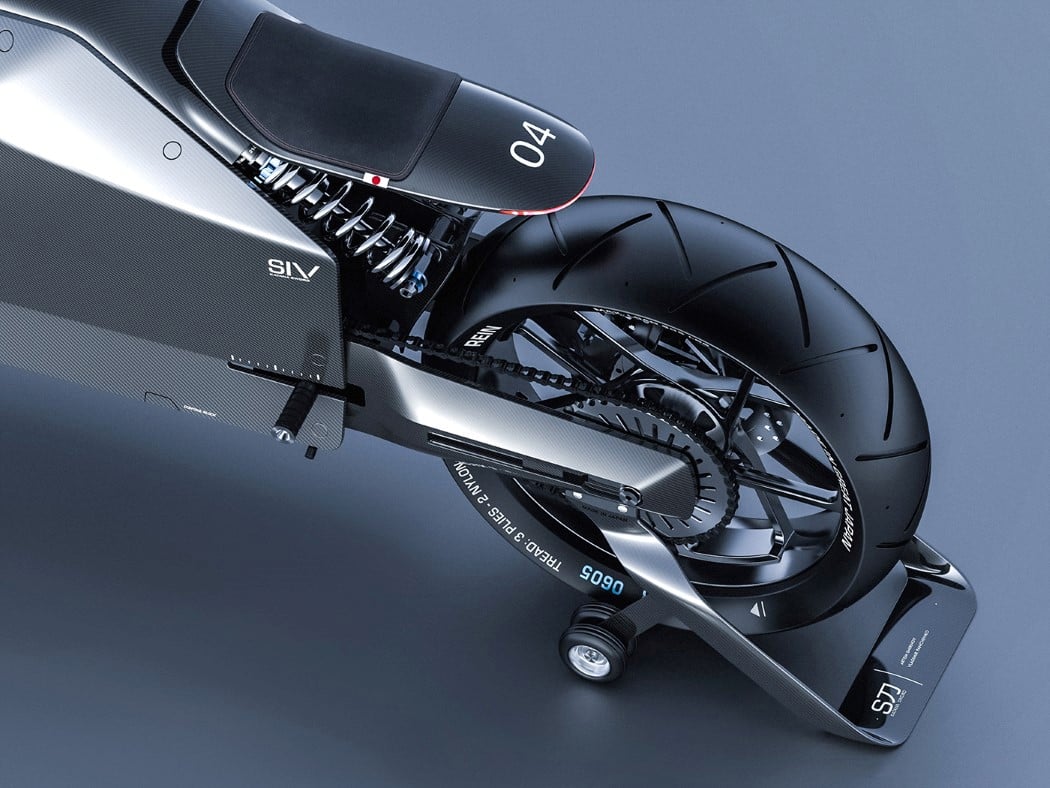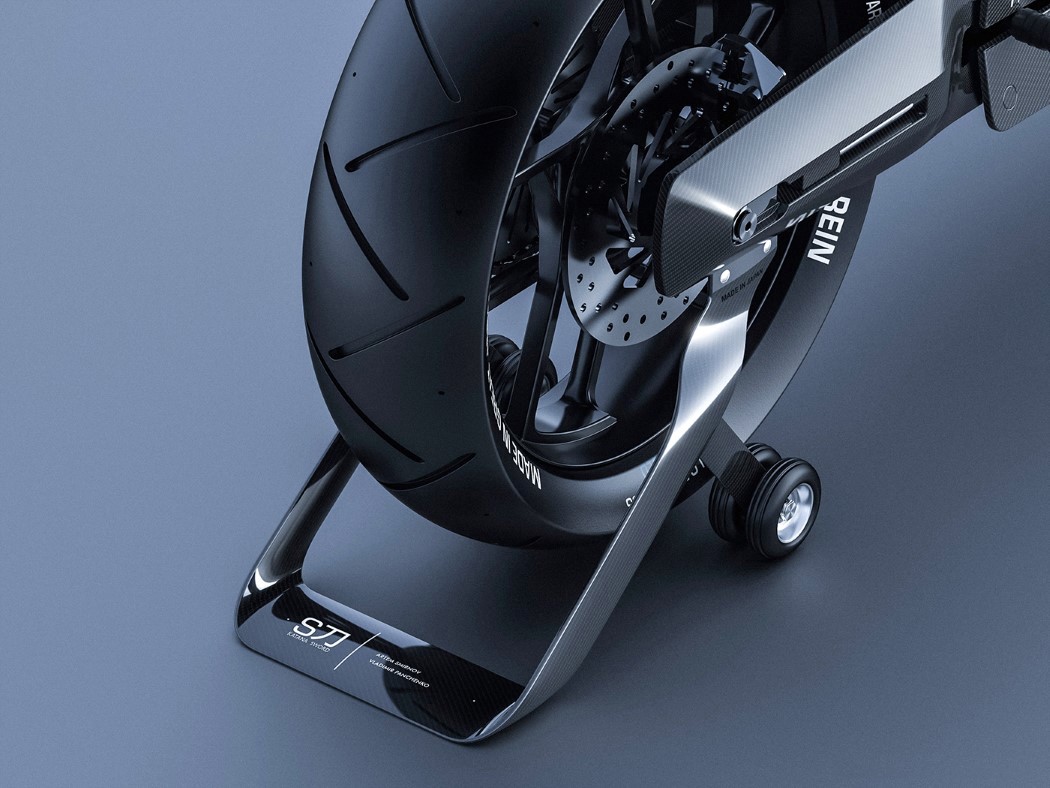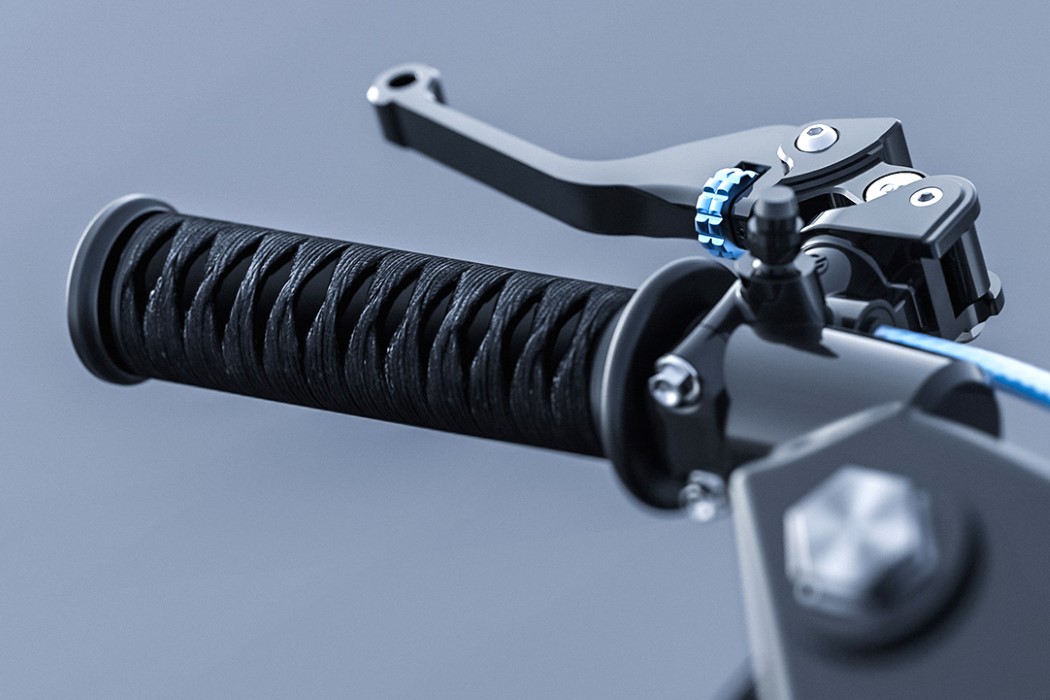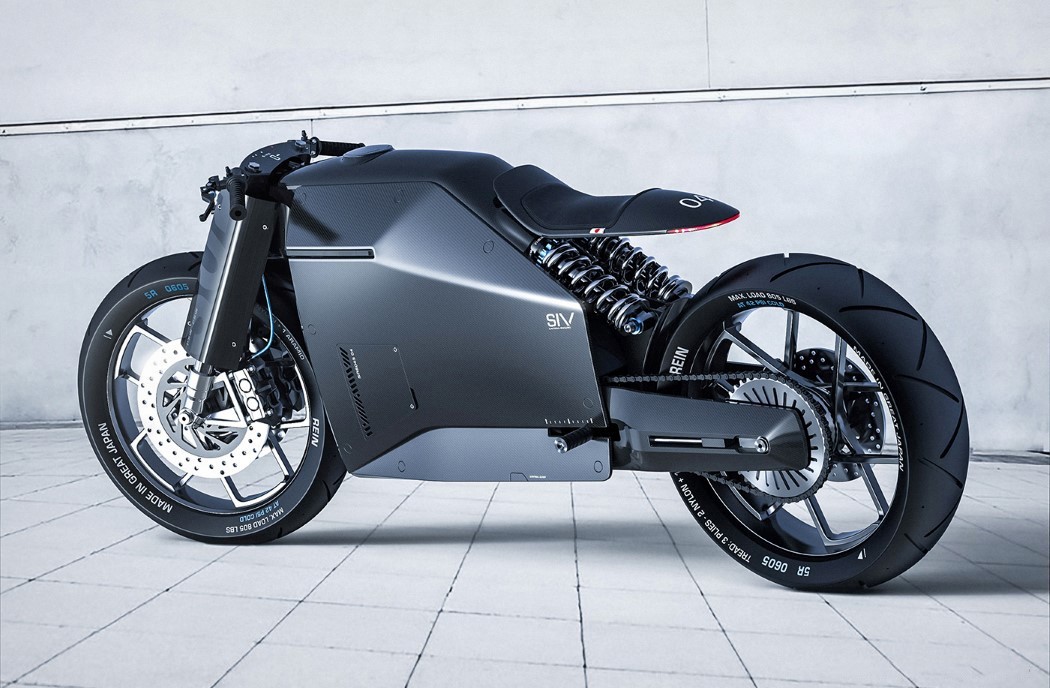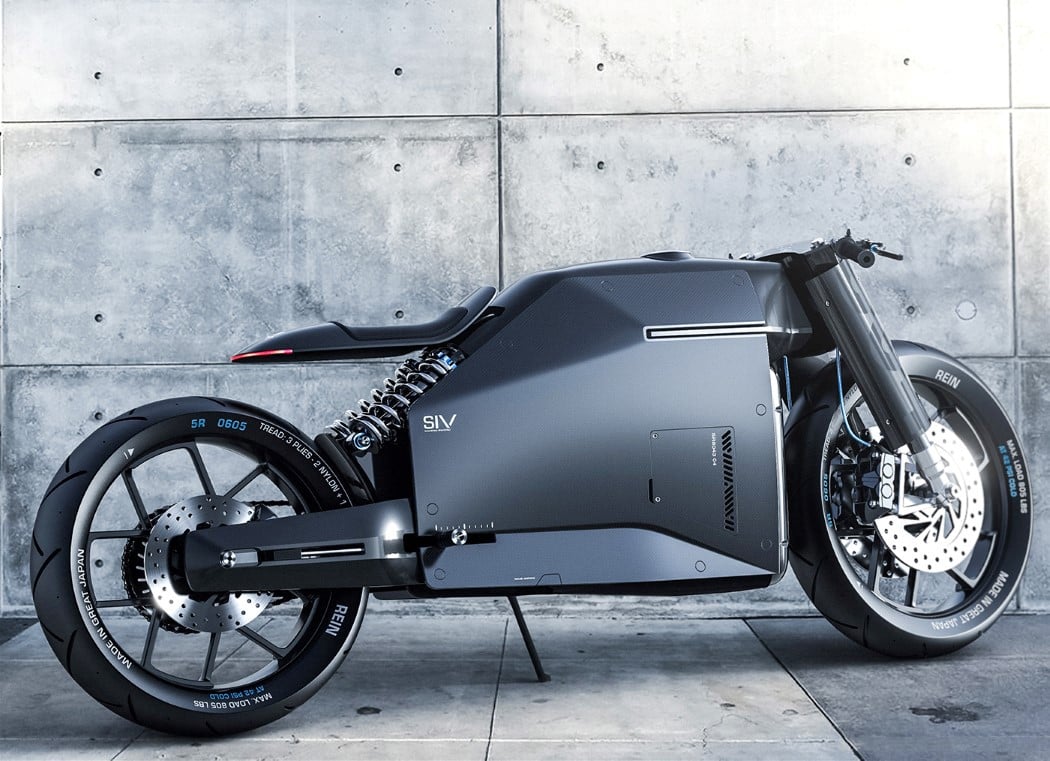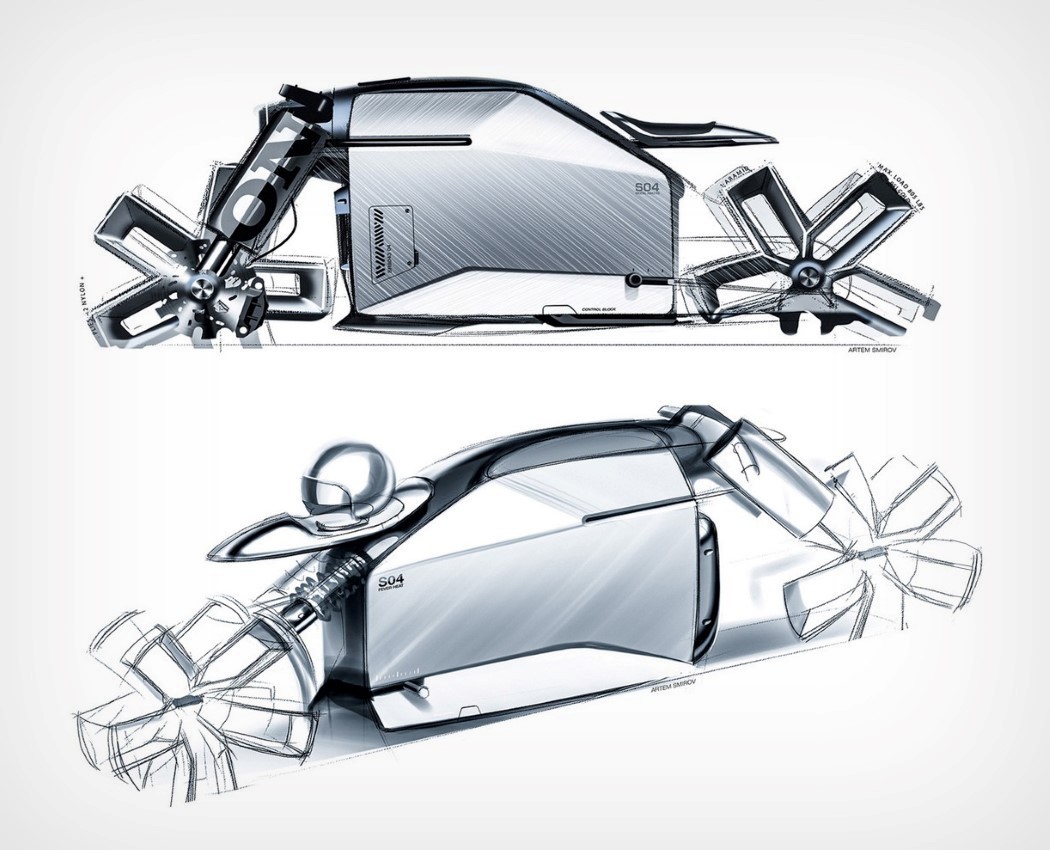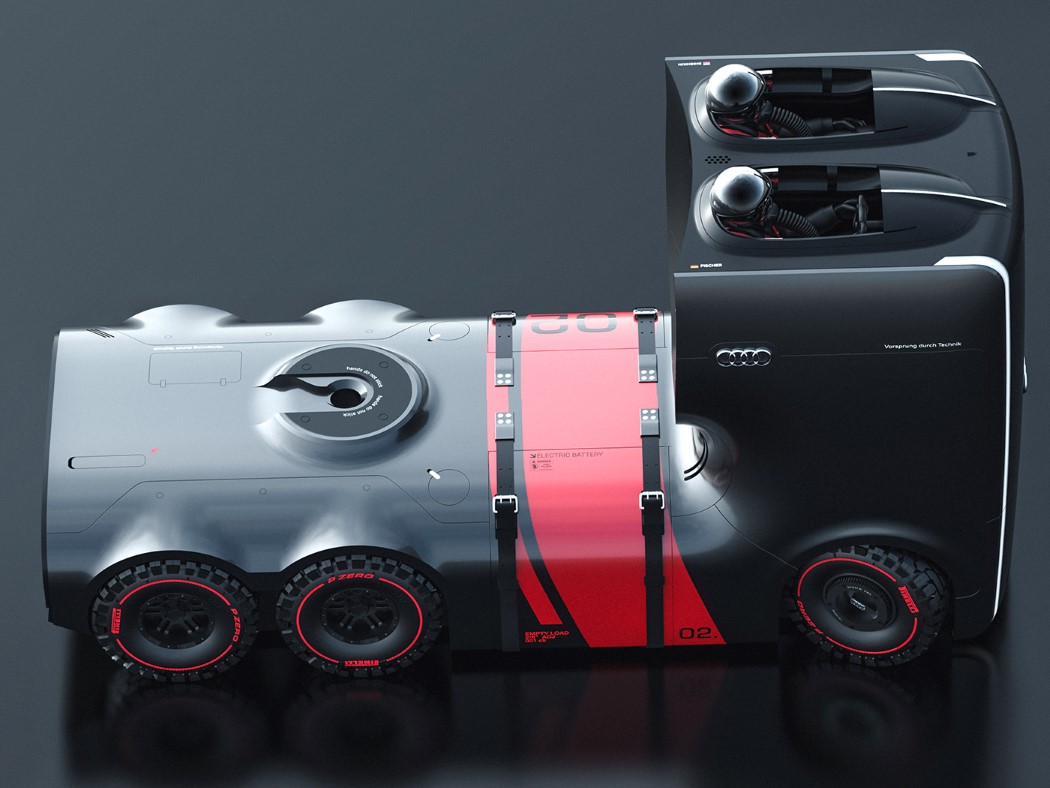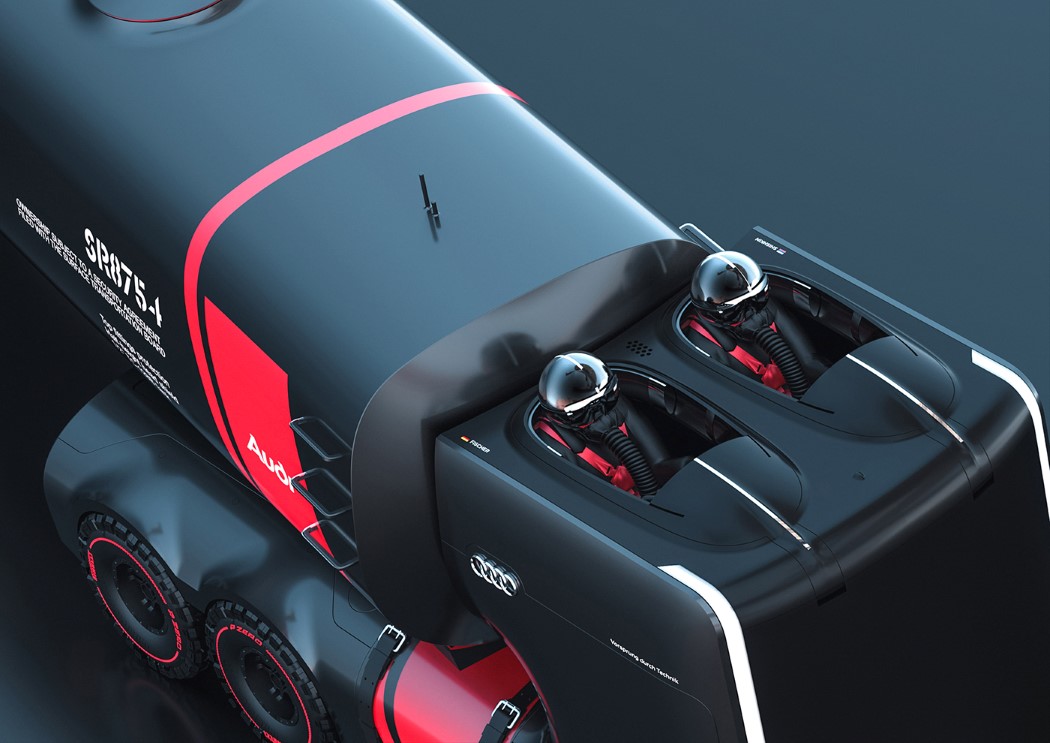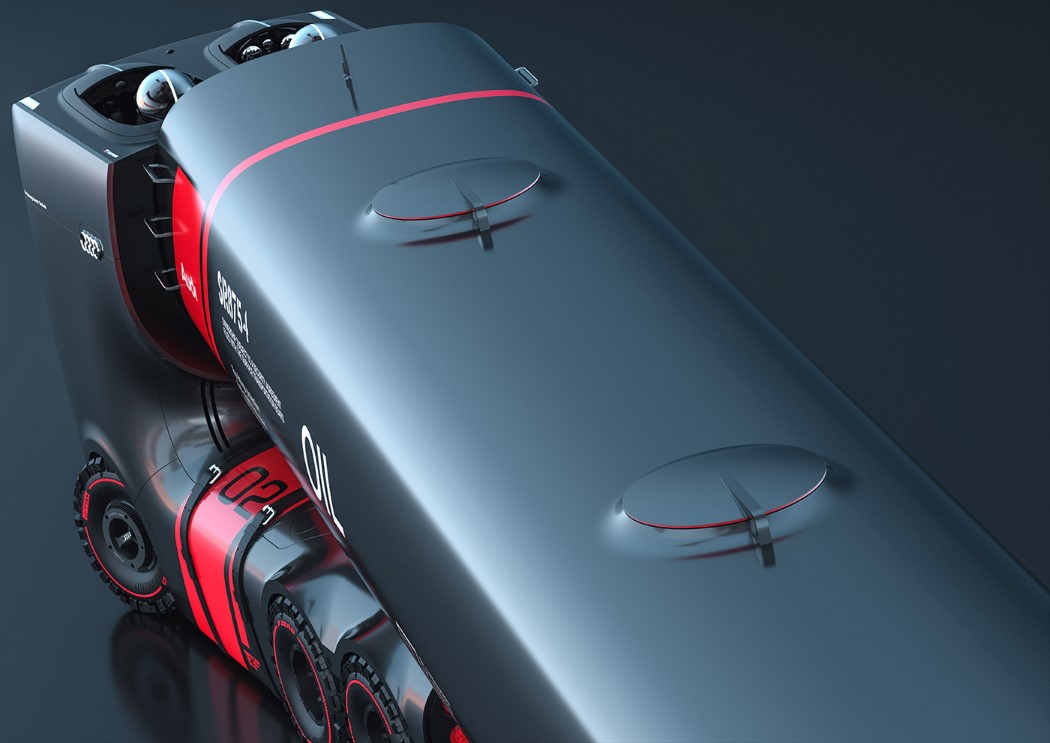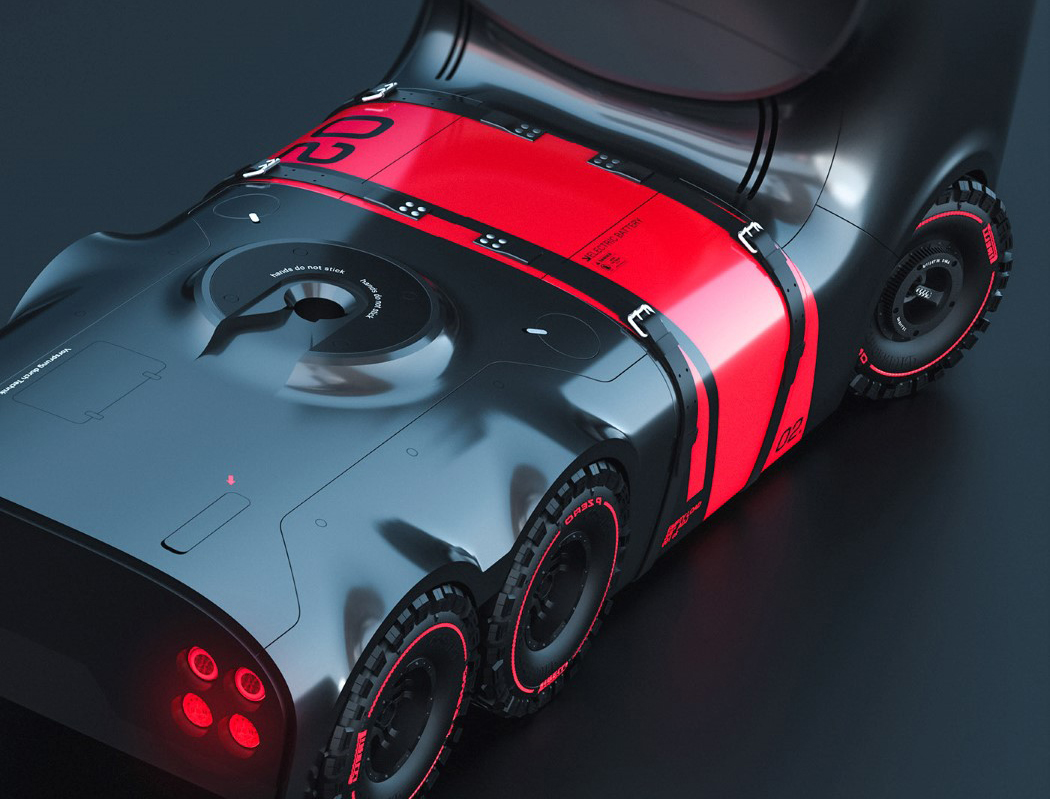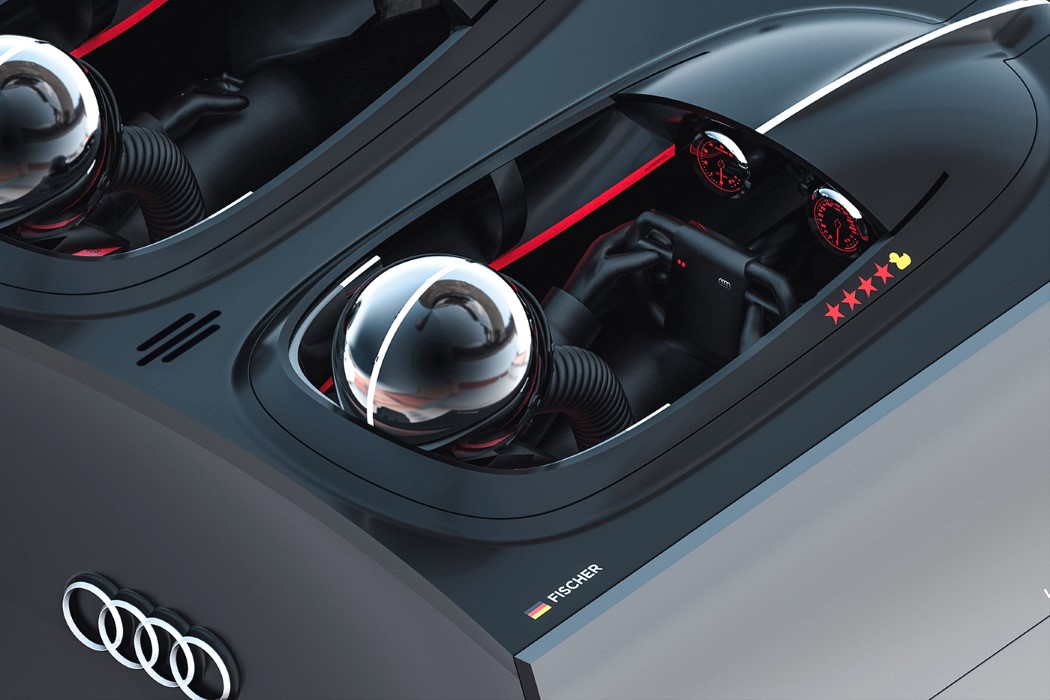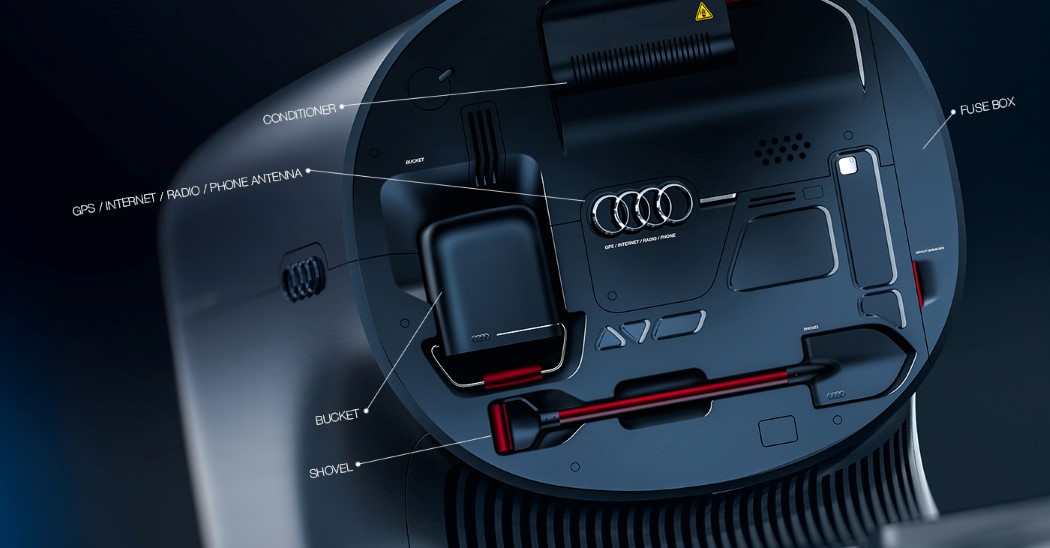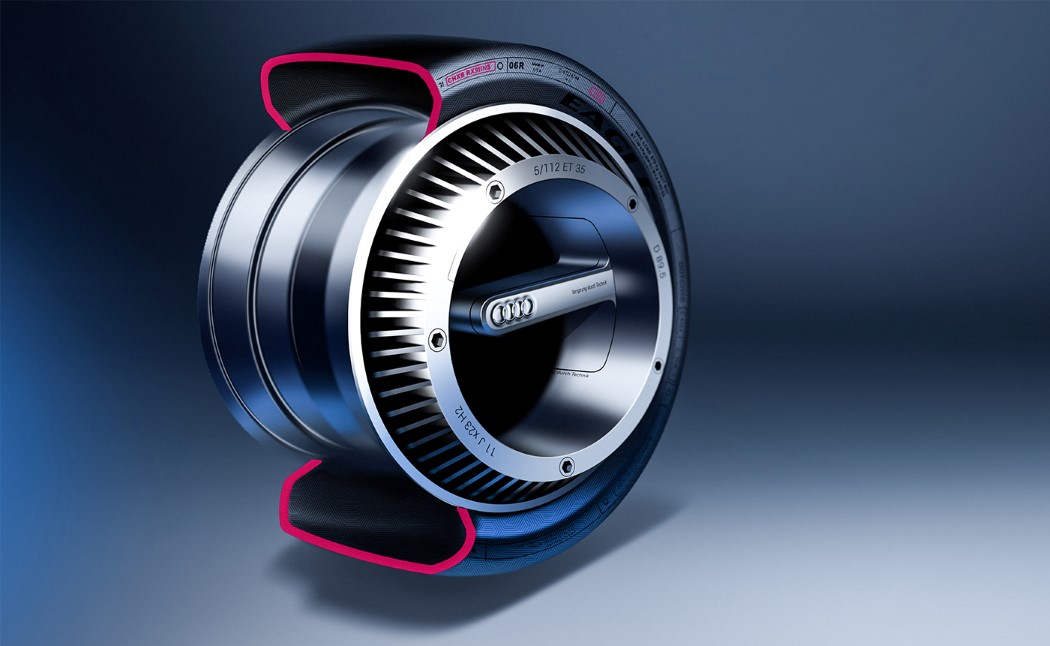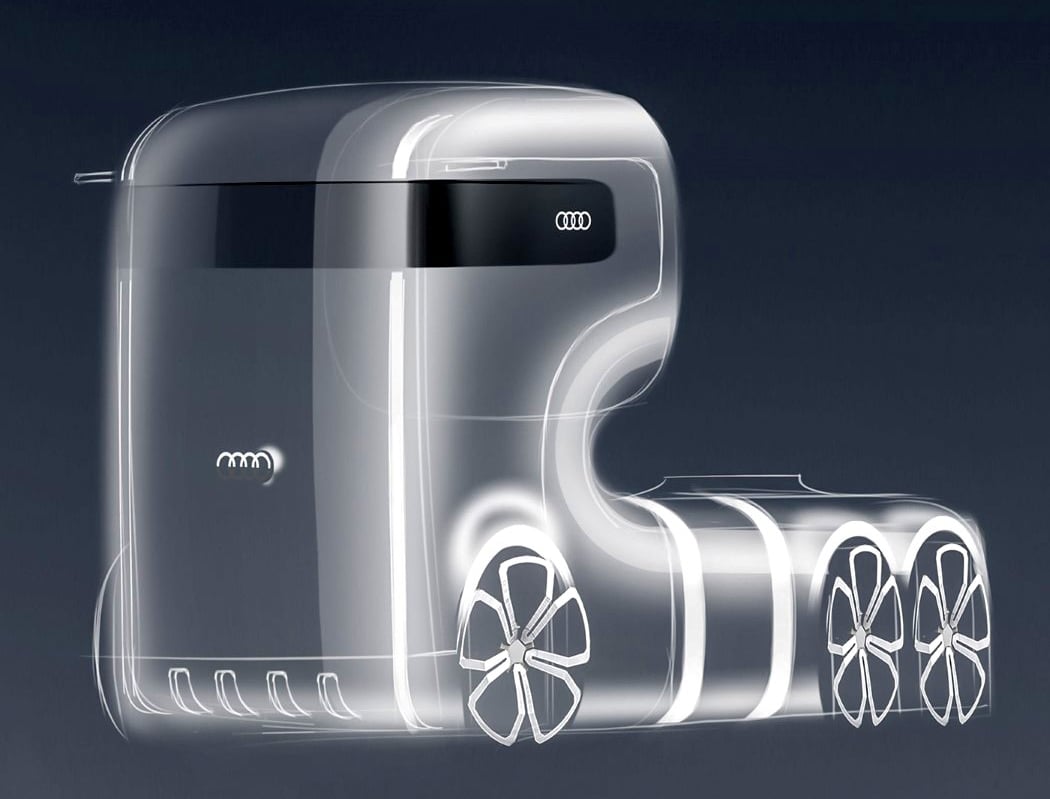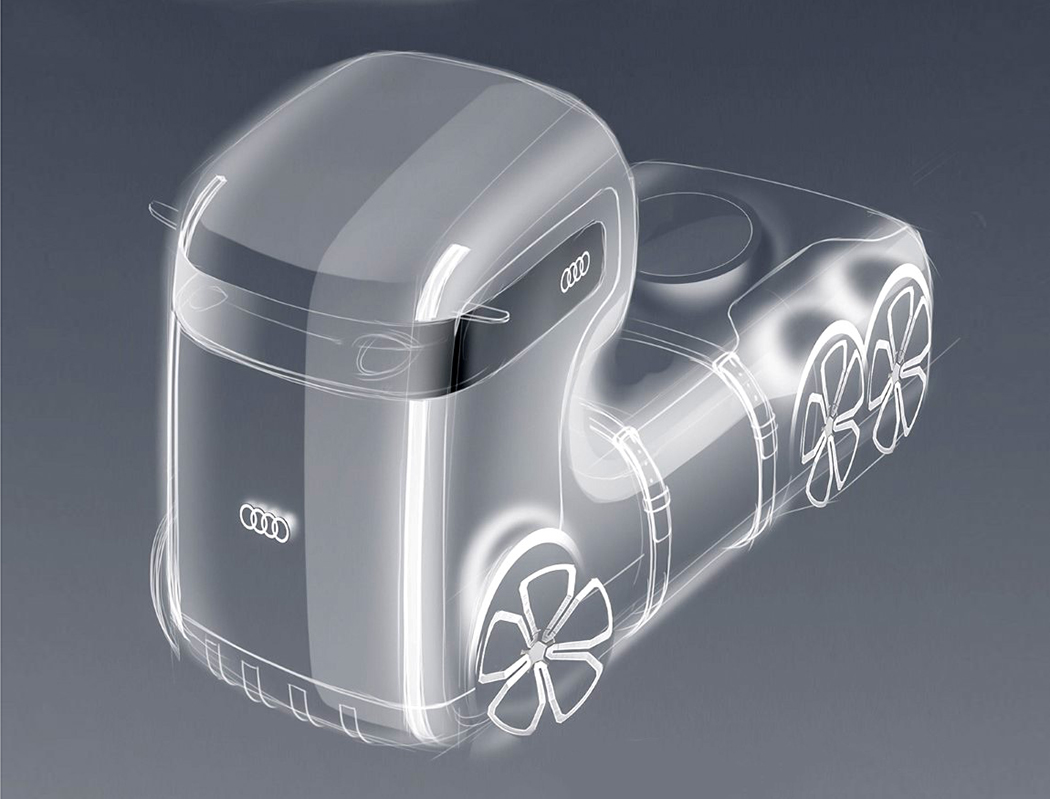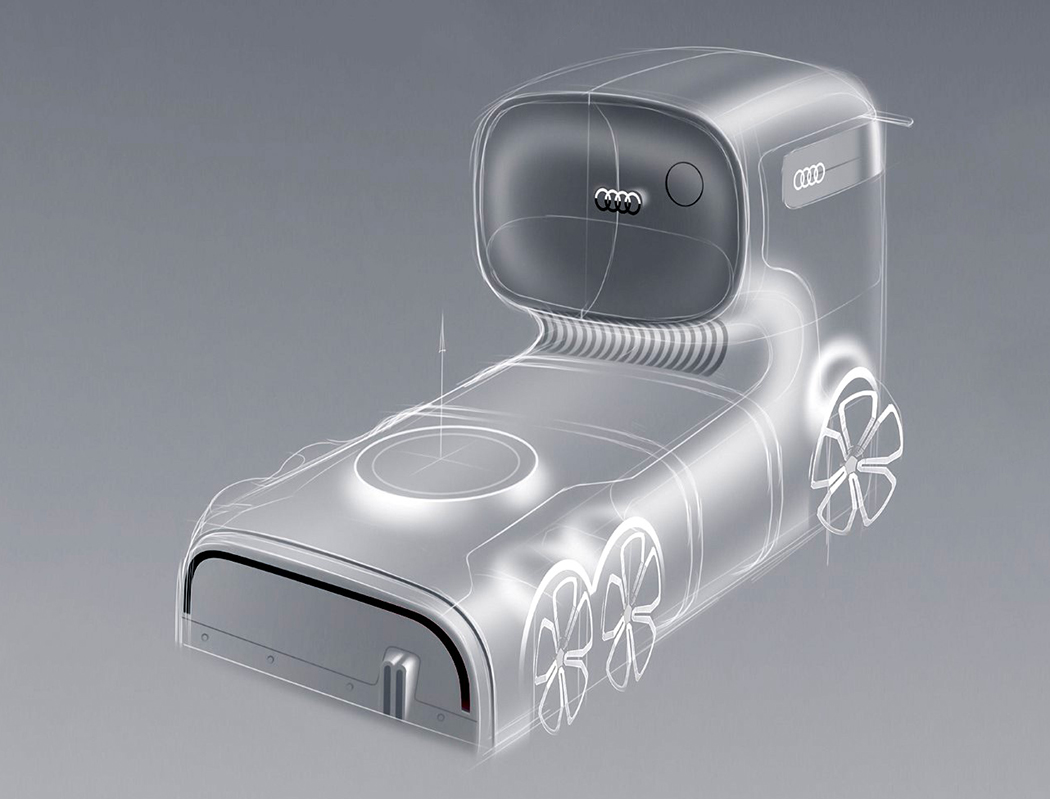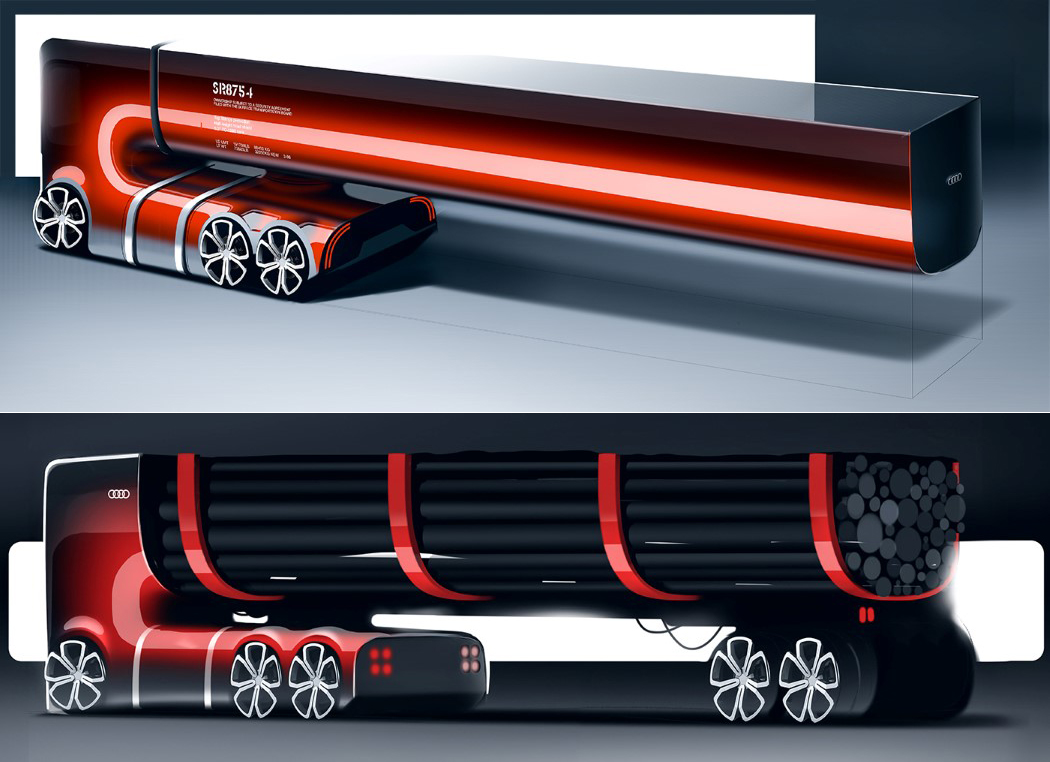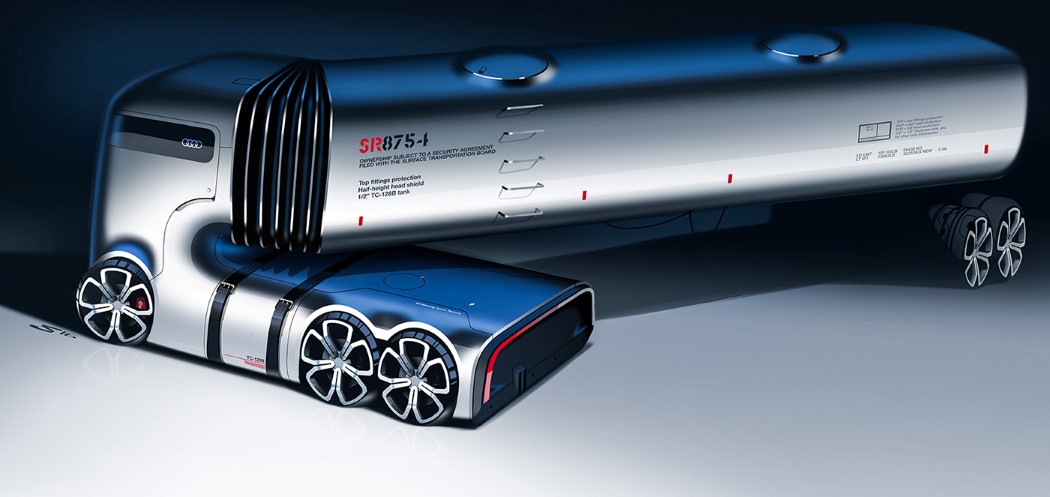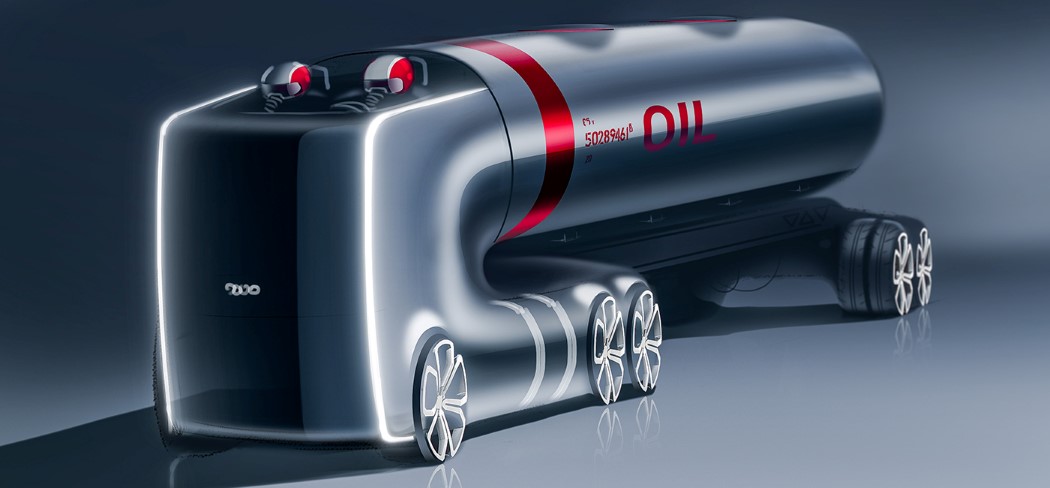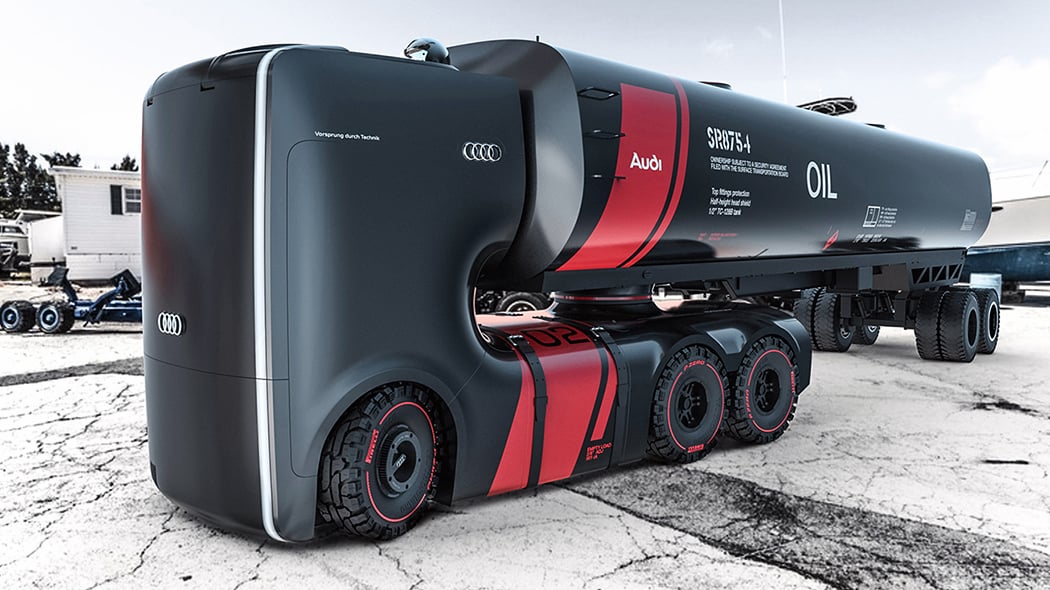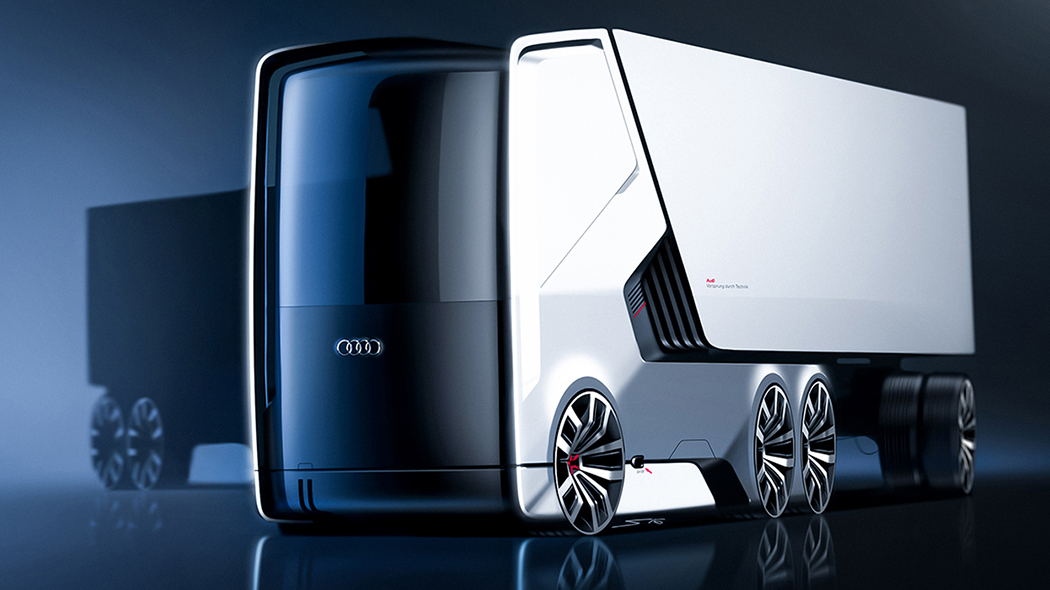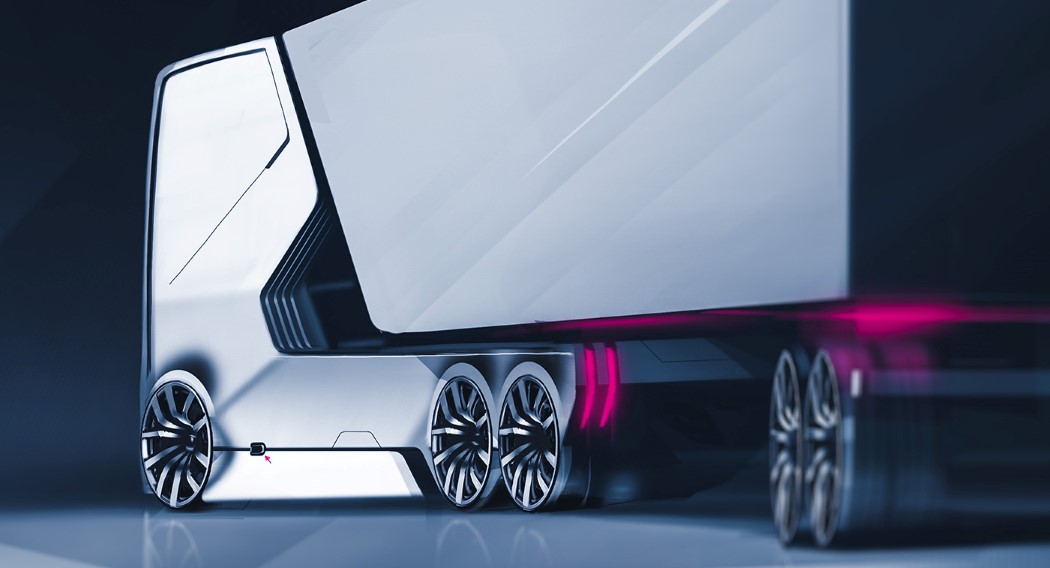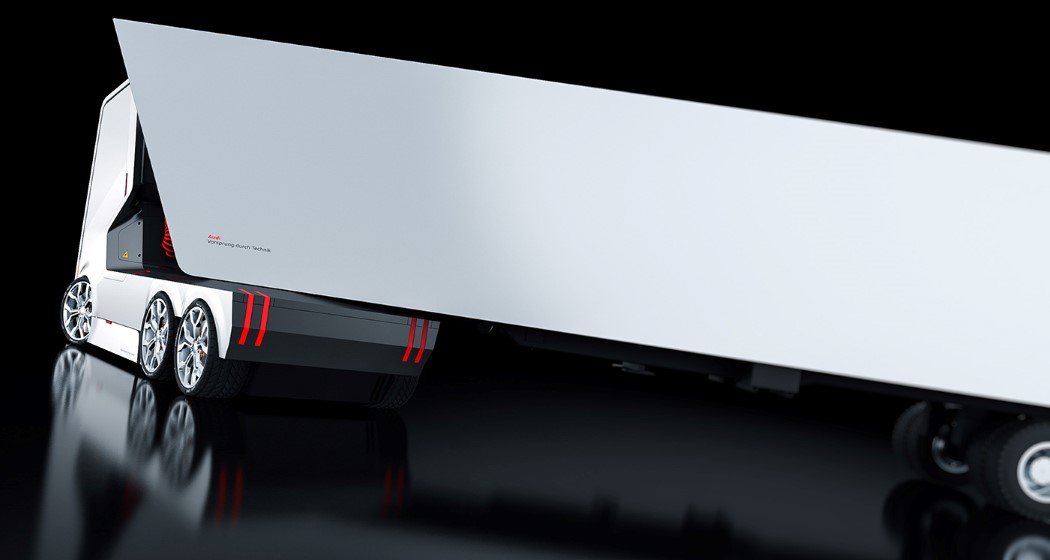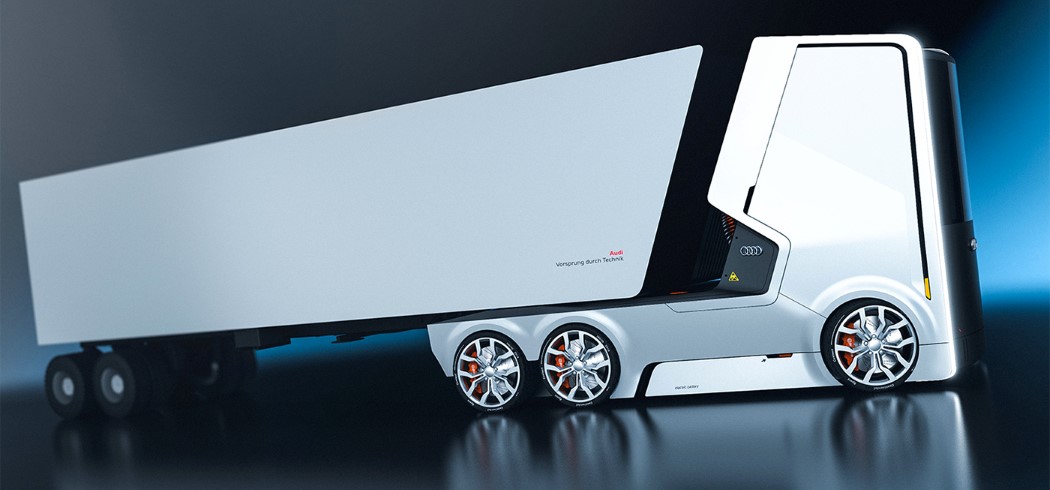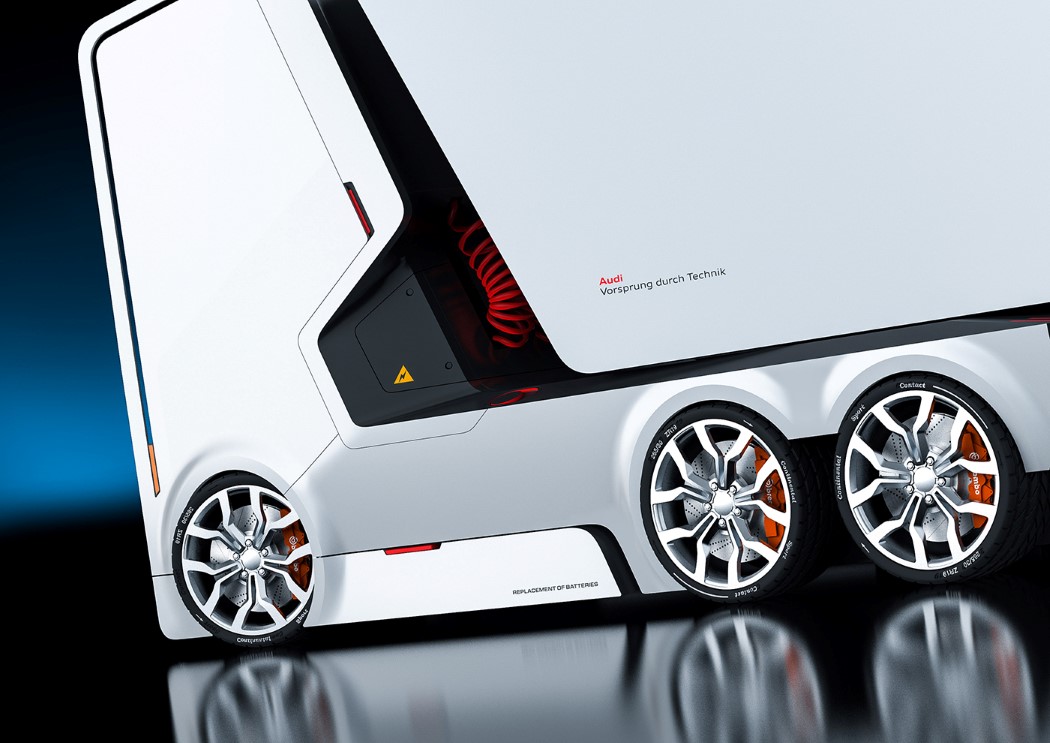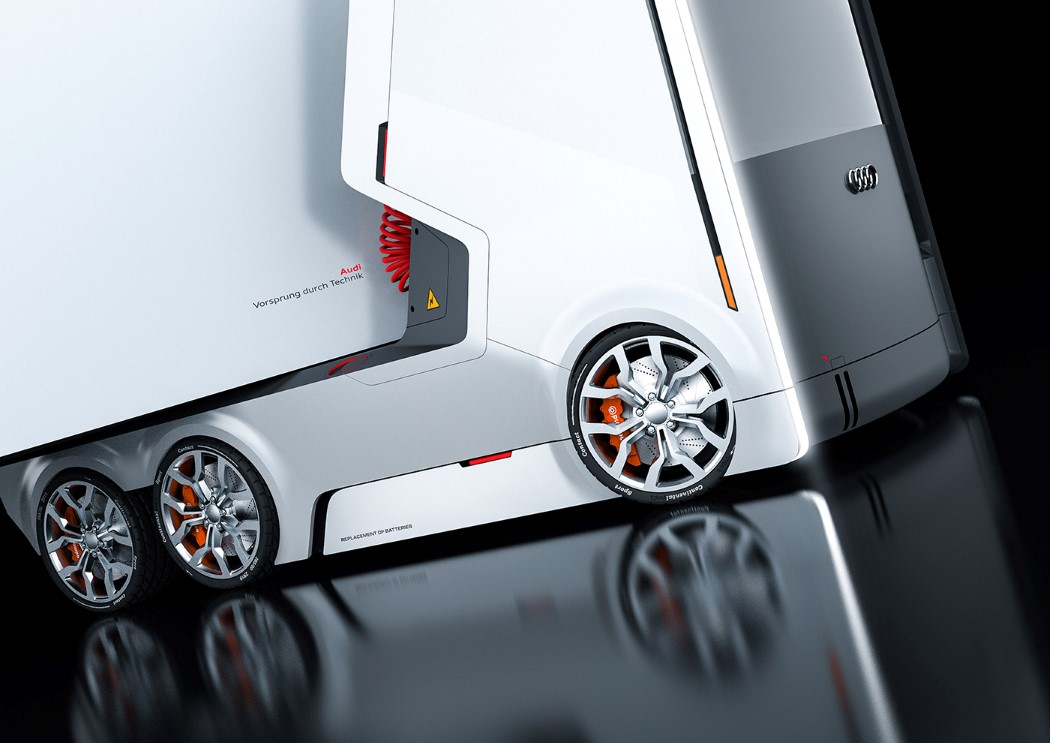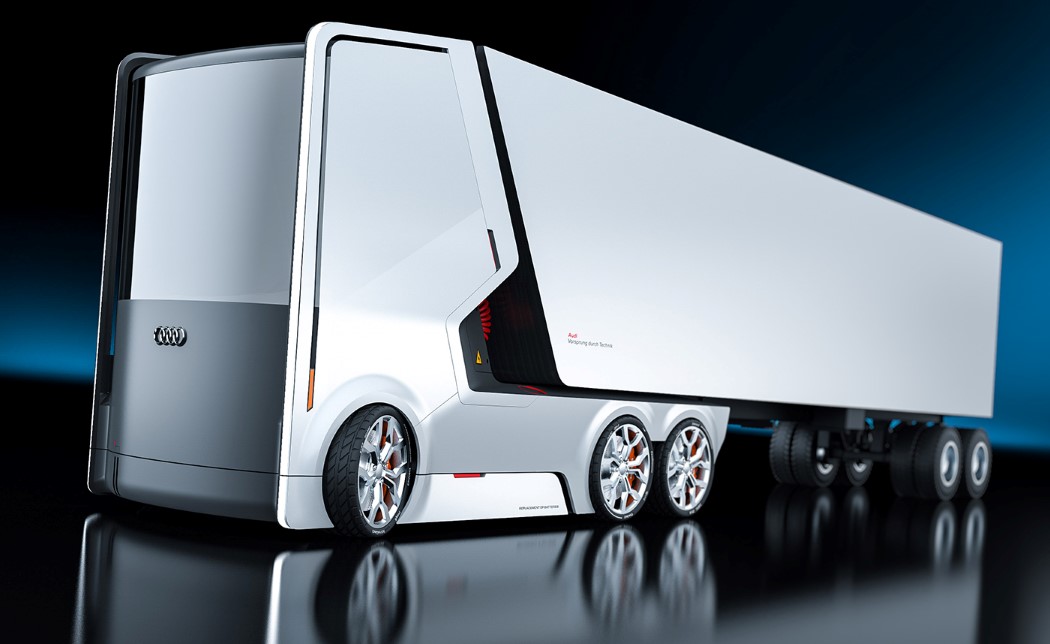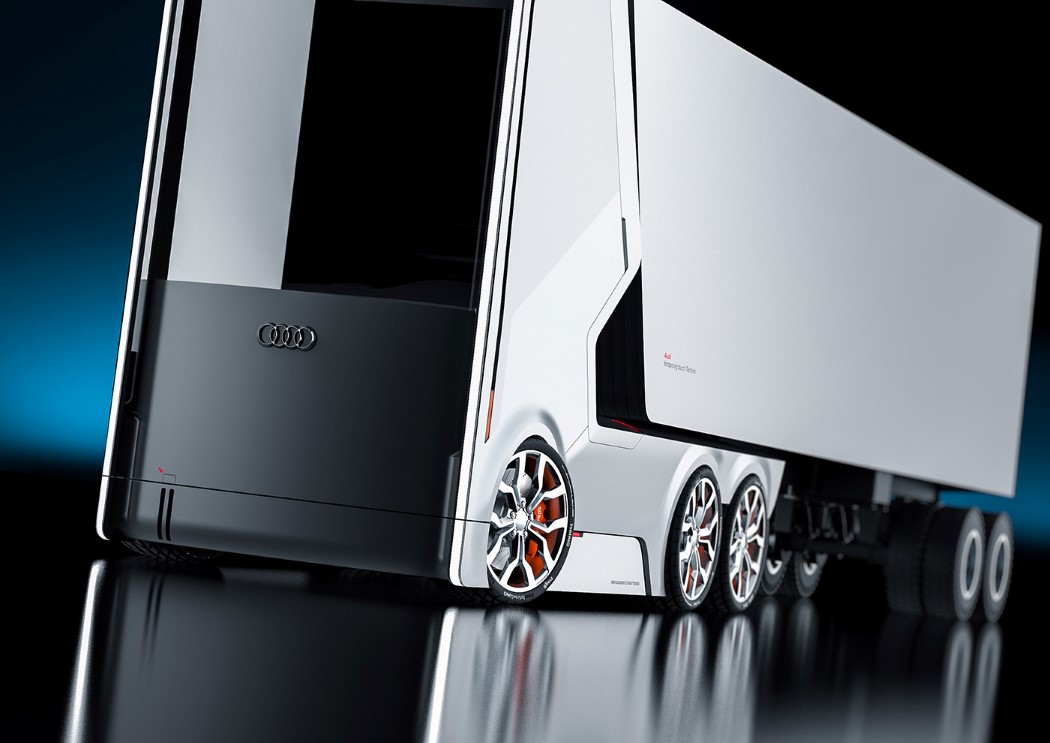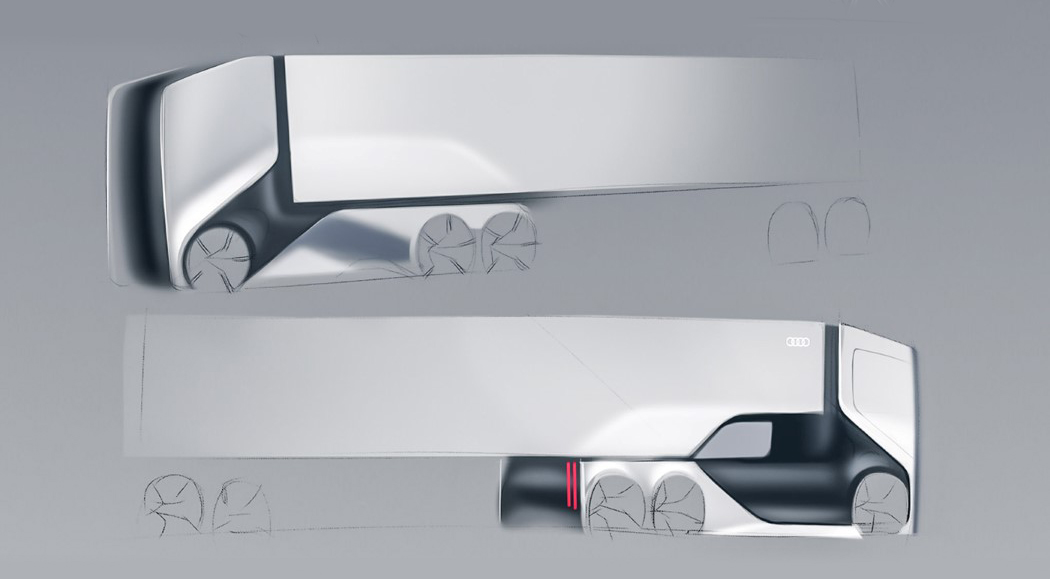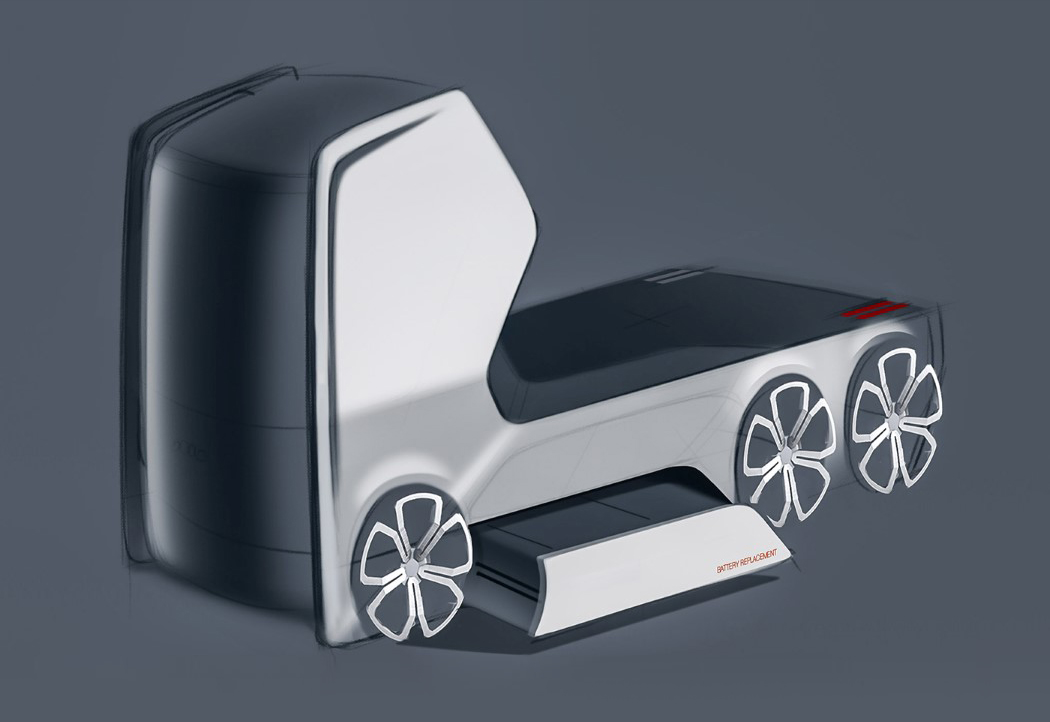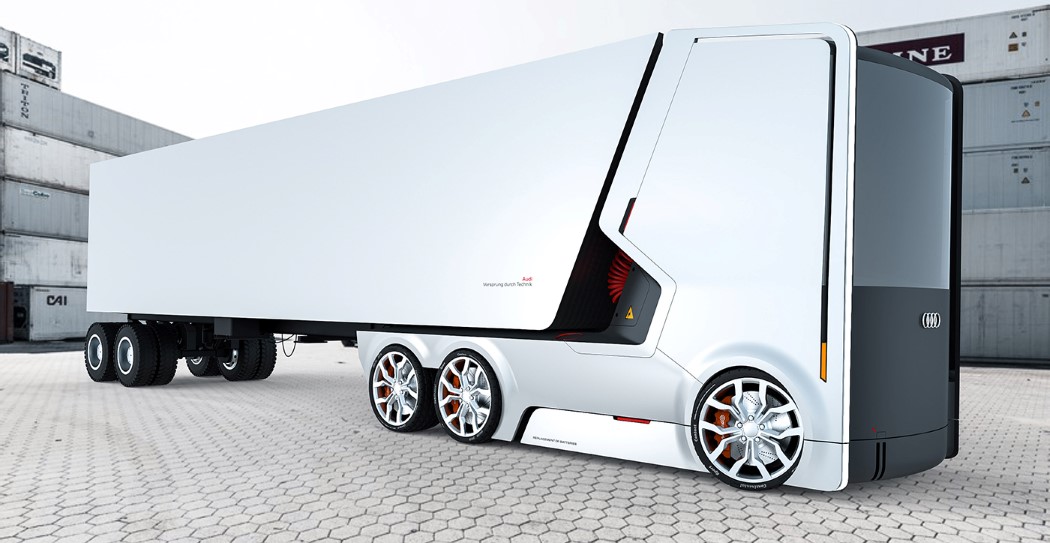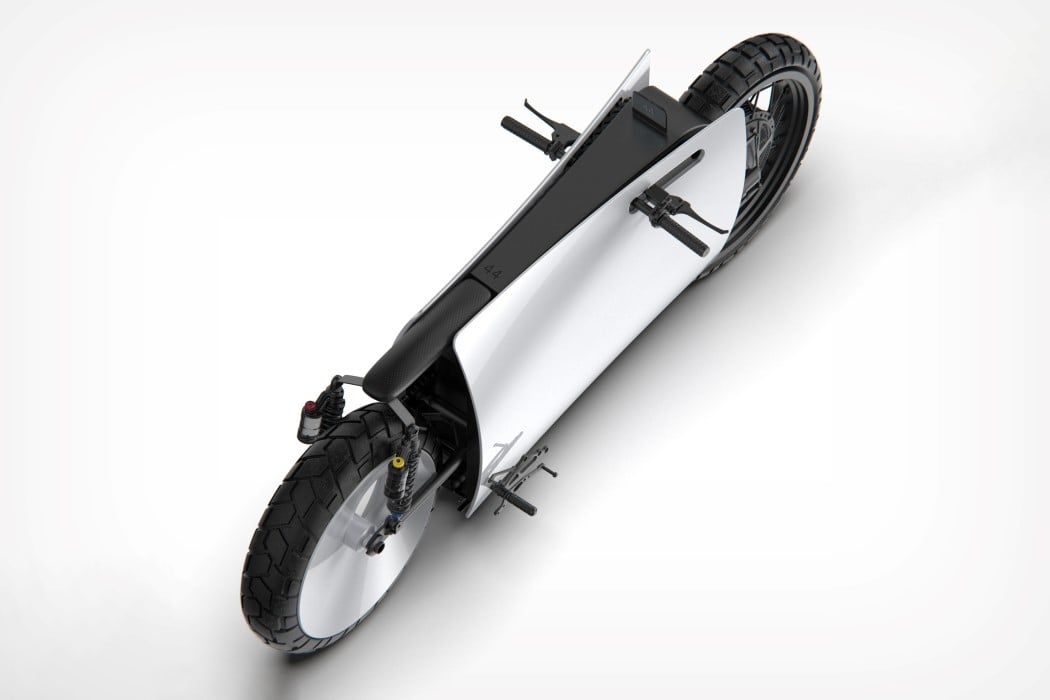
Some look at Sony’s Playstation 5 and call it an alien abomination, others, however, see versatility in its form. Meet the PS5 Bike from the mind of designer Artem Smirnov, a two-wheeler that takes the Sony console’s boxy-meets-organic design and uses it as its outer body with pretty impressive results.
The PS5 seemed like the perfect candidate for this project by Artem, especially given his keenness towards unconventional-looking automobiles. The PS5 Bike uses the Playstation entirely as the body, with the wheels popping out at the front and the rear. A narrow saddle extends outwards and upwards, and while I’m not entirely sure if it would be comfortable to sit on, the fact that the PS5 Bike is, in fact, just a conceptual design exercise gives me some solace.
The EV features adjustable handlebars that slide forward and backward based on your postural requirements, and an edge-lit transparent dashboard that emerges off the front of the bike. The Stormtrooper aesthetic works well for the automobile, and coincidentally, those vents that sit between the outer plates and the inner black body are perfectly positioned to work as air-vents for the bike too. Plus, that blue headlight on the front just reinforces the fact that as polarizing as the PS5’s design may be, it’s definitely a gateway to inspiration for spectacular-looking two-wheelers… and maybe a few memes too!
Designer: Artem Smirnov
